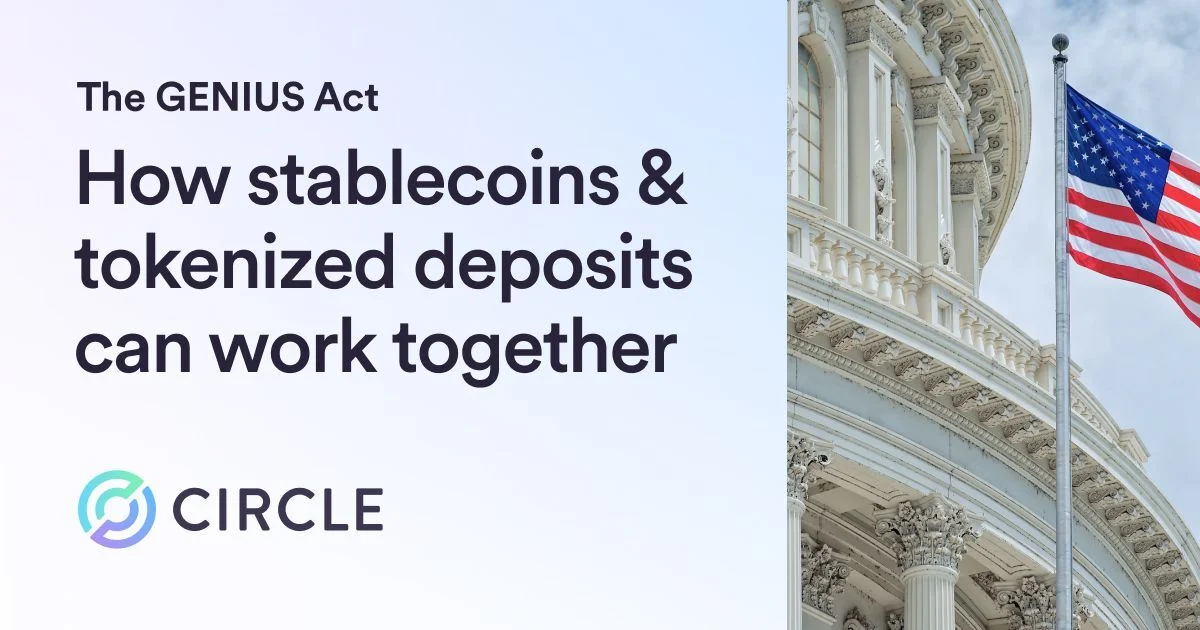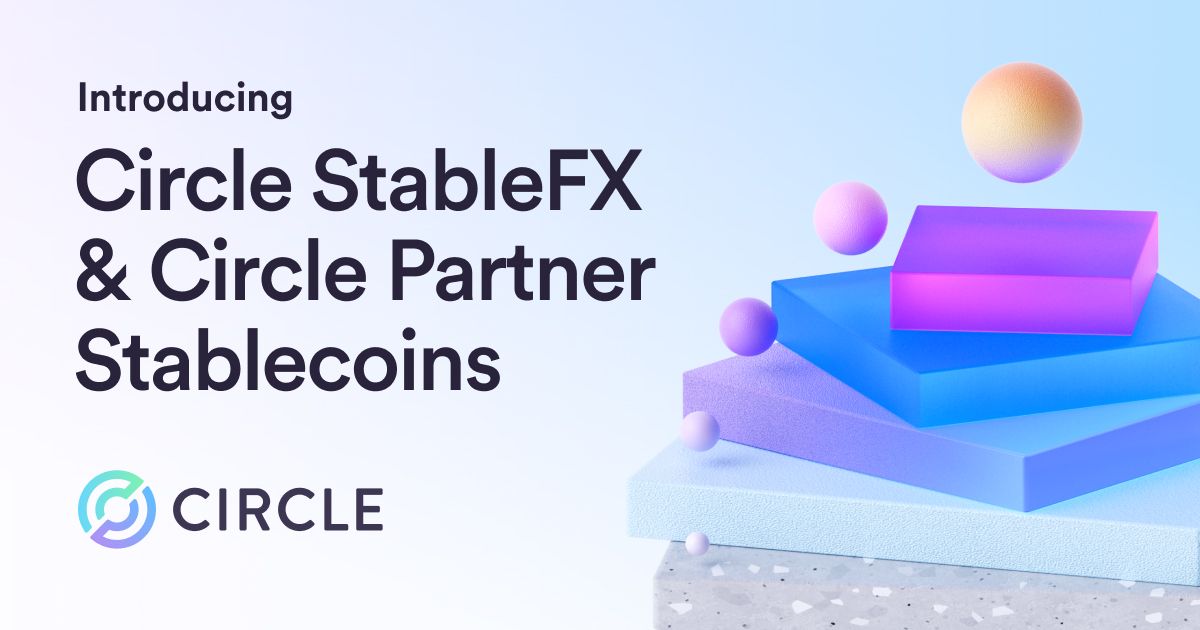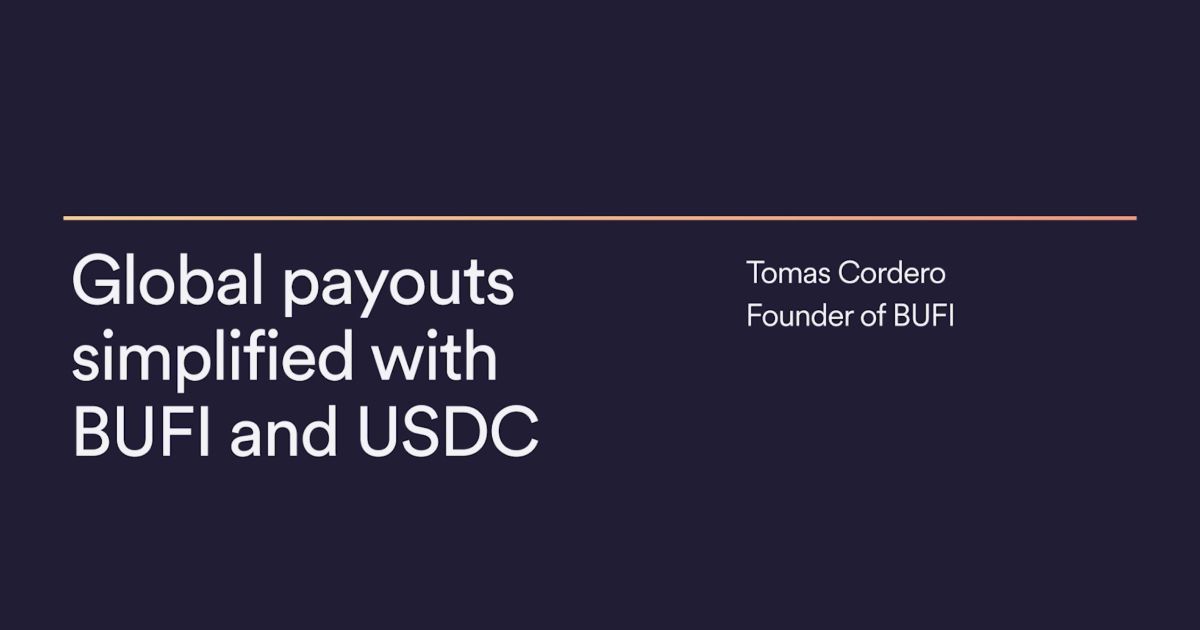It’s true that the technology behind digital securities is advancing quickly, but certain gaps remain that need to be closed. Learn more!


Carlos Domingo is a senior executive, entrepreneur, investor, and currently the CEO and Co-Founder of Securitize, Inc.Previous to Securitize, Mr. Domingo founded SPiCE VC, the first truly liquid, inclusive, and transparent tokenized VC on the blockchain. In addition, Mr. Domingo has served as CEO of Telefonica R&D and CEO of New Business and Innovation at Telefonica Digital. Mr. Domingo is also a published author.
In theory, digital securities are a quantum leap in efficiency and cost savings for issuing, managing, and trading private equity, debt, real estate, and alternative assets. In reality it’s true that the technology is advancing quickly, but certain gaps remain that need to be closed in order for digital securities’ true power to be unleashed.
One fundamental issue is how existing financial systems for private securities account for asset ownership and money. In existing systems, ownership and money are tracked on different ledgers that cannot be easily synchronized and reconciled without considerable intervention.
These disparate accounting systems don’t cause a problem on their own, but when someone wants to exchange money for an asset, multiple intermediaries must get involved to validate the transaction. The inevitable result is slower speeds, more potential errors, and higher administrative costs.
Digital securities are capable of facilitating extremely efficient, contain programmable compliance, and secure transfers for even very complex cross-border transactions, but they can not solve the friction caused by having to manually onboard cash from the other side of the equation.
Enter the Stablecoin
Stablecoins, such as USDC, are digital tokens typically backed by reserved assets that are easily redeemable for fiat currencies like the US Dollar (typically pegged at a 1:1 ratio). Like digital securities, stablecoins are issued and tracked using blockchain technology, which means transactions involving digital securities and stablecoins can take full advantage of the technology because they are both operating on the same ledger.
Once fiat money has been converted to a stablecoin in a simple online “purchasing” process, the stablecoins can be used to dramatically improve the efficiency of buying, managing, and selling private securities.
Primary Issuance Payments:
A good example of this is investing in the primary issuance of a private security.
If the investor uses a wire or check to fund their investment there will be delays, not only in delivering the money to the issuer, but also for the issuer to reconcile the investment and update the cap table.
If the investor uses a stablecoin the process of reconciliation and updating the cap table is compliant, secure, and nearly instantaneous.
Distributions:
Another example of how stablecoins facilitate efficiencies would be during distributions like dividend payments. The legacy distribution process can take weeks as the investor’s dividend passes through multiple intermediaries in a process that delays payment and raises fees while heightening the potential for human error.
By opting for a digital payout like USDC , the transaction becomes nearly instantaneous, fully compliant, and a majority of the associated fees can be significantly reduced or even entirely eliminated.
Also, with fewer organisations and transfers involved, there are naturally fewer opportunities for failure, or fraud, to occur. Finally, there is far better visibility for all parties throughout the entire transfer process and issues of compliance are all but eradicated.
For Trading:
Trades of private securities between individuals or institutions using digital securities and stablecoins convert what is typically a weeks long process costing thousands of dollars into a matter of minutes costing only a few dollars.
Trades typically involve the seller, who holds digital securities as tokens on the blockchain, and the buyer, who holds tokens representing a stablecoin like USDC. The digital securities are controlled by a smart contract that controls the compliance of the security in a programmable and automated way.
Once the two parties agree on the details of a particular trade, blockchain technologies have the ability to perform what is known as an “atomic swap”, an indivisible operation that moves the token representing the security in exchange of the token representing the cash on chain. The legality and compliance of the trade is approved automatically by the blockchain protocol that controls the security, which in the case of Securitize is our Digital Securities protocol.
Because an approved trade cannot fail (the atomicity of the swap guarantees that both sides of the trade move or none moves), there is zero counterparty risk for the trade. “Counterparty risk” is a financial term that means one side of the trade has happened but not the other, exposing a risk that the unpaid side may default on their contractual obligations or that something else might change in the market to impact the trade.
Everyone Wins
Both investors and issuers of private securities know first-hand how burdensome and expensive it can be to issue, manage, and trade private securities today.
Digital securities have the architecture to completely change the world of private securities for the better. Stablecoins are one of the keys that unlock it all.
About Securitize
Securitize is modernizing capital markets by enabling digital securities, making it easier for eligible investors to own, manage, and trade digital securities within designated capital markets for equity, funds, fixed income, and real estate. Securitize is the only SEC Registered Transfer Agent integrated with multiple regulated US-based marketplaces with a working protocol and live issuers. The company also offers KYC/AML and capital management services. More information can be found at www.securitize.io.




